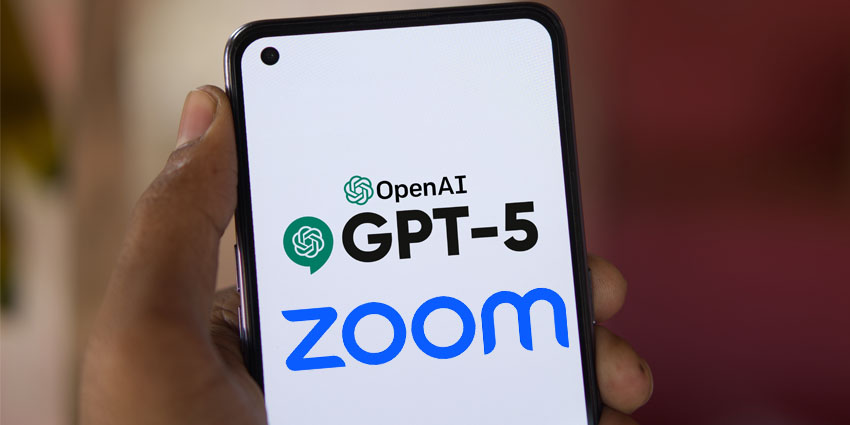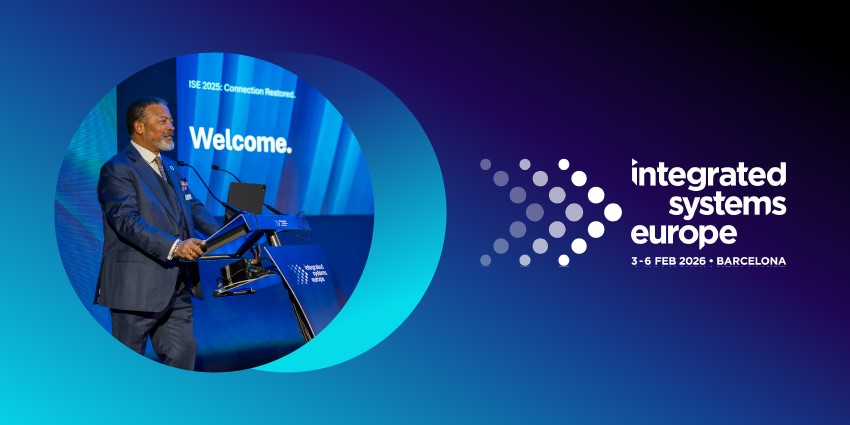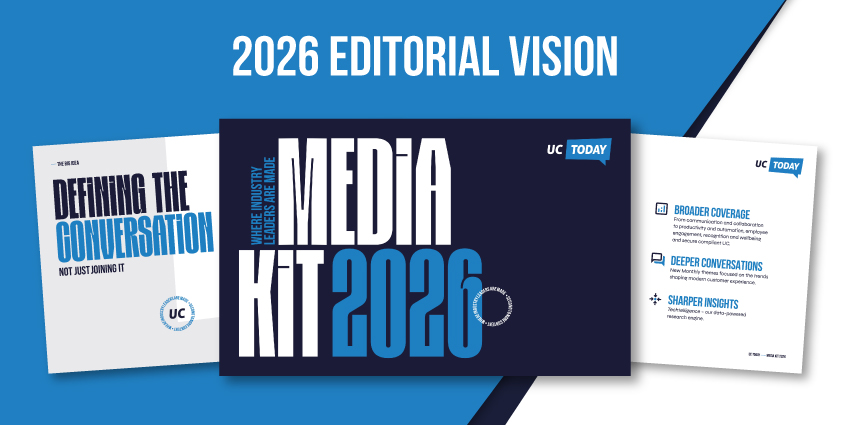Zoom has significantly upgraded its AI Companion solution, integrating GPT-5 into its federated AI architecture.
Zoom has taken a step that’s feasibly as much about strategic positioning as it is about raw capability. Rather than being an incremental tweak, it’s a conspicuous step towards an AI that can think, decide, and act on your behalf, liberating people to focus on the work that practically matters.
“As one of the first companies to integrate OpenAI’s GPT-5 into our AI stack, we’re excited to unlock a new level of intelligence across Zoom AI Companion,” said Xuedong Huang, CTO at Zoom.
GPT-5’s advanced reasoning capabilities have already strengthened AI Companion during alpha testing — improving its ability to handle agentic tasks like meeting scheduling and translating conversations into actionable outcomes. By incorporating state-of-the-art AI into our federated architecture, we’re empowering users to work smarter and enabling seamless, end-to-end agentic workflows across the Zoom platform.”
The GPT-5 Difference: From Helpful Assistant to Trusted Operator
Zoom’s federated AI model has always been about picking the right brain for the job. GPT-5 has meaningfully been added to the mix, a model that can tangibly reason through complex, multi-step problems with surprising nuance.
In early testing, the difference shows. Scheduling, that bane of corporate life, is suddenly frictionless. Instead of simply listing available slots, AI Companion now calculates the best time, factoring in calendars, time zones, workloads, and even unspoken priorities. It’s making informed judgment calls rather than following orders.
There is potential for GPT-5 here to elevate the virtual assistant from a productivity support to something more meaningful. GPT-5 gives the AI Companion the ability to handle what Zoom calls “agentic tasks”, the kinds of messy, cross-context to-dos that humans are usually stuck managing. Drafting comms, preparing for meetings, coordinating across teams, tasks that eat hours now viably take minutes, often without the user lifting a finger.
By being among the first to plug GPT-5 into a real-world enterprise collaboration tool, Zoom is setting out its stall for what “smart” should mean in workplace tech.
Why IT and C-Suite Leaders Should Care, And What to Do About It
For C-Suite executives, IT leaders, and UC strategists, this is a tantalising glimpse at how collaboration platforms are redesigning the rhythm of work.
In the short term, GPT-5 inside Zoom AI Companion means faster turnaround on the admin grind: scheduling without the email ping-pong, meeting prep that’s ready before you ask for it, and follow-ups that land before the next agenda item. That’s measurable time savings that can shift how teams spend their day.
But the bigger picture is where it gets interesting. If an AI can coordinate meetings today, what stops it from orchestrating whole workflows tomorrow? Consider AI that books a client review, pulls the latest CRM data, drafts the deck, and pre-loads the meeting chat with talking points, while you’re still sipping your first coffee.
This also raises governance questions for decision-makers weighing platform choices. Zoom’s federated approach, where different models are used for different jobs and no single model holds all your data, offers a potential edge in compliance-sensitive industries. It’s a design philosophy that suggests you can push AI harder without crossing the red lines that concern legal and risk teams.
It’s striking that the platform’s role is changing for IT and UC teams. In the near future, the battle may no longer be over who has the prettiest meeting interface but who can embed the most capable, trustworthy, and business-literate AI into the daily workflow.
Zoom’s GPT-5 integration is an eye-popping signal to the market and a challenge to competitors. The AI race has evolved into who can design the most reliable operator, rather than the sturdiest assistant. The winners will arguably be the platforms that free people from the mechanics of work so that they can focus on the substance. And in this race, Zoom just put on the afterburners.
Will Zoom’s AI Expansion Make It the New Hub for Cross-Platform Productivity?
The GPT-5 announcement arrives following a broader slate of AI upgrades aimed squarely at removing repetitive work from the business workflow. Zoom is expanding its AI Companion with deeper integrations into third-party applications, more capable meeting tools, and, for small and mid-sized businesses, a new paid add-on that extends AI Companion’s reach well beyond the Zoom environment.
The most notable advance lies in its agentic AI capabilities. AI Companion can now complete actions across external platforms, from logging opportunities in Salesforce, updating tasks in Jira and Asana, raising tickets in ServiceNow, and sending follow-up messages in Slack. The result is a far more connected, end-to-end workflow, where the conversation and the execution live on the same timeline.







